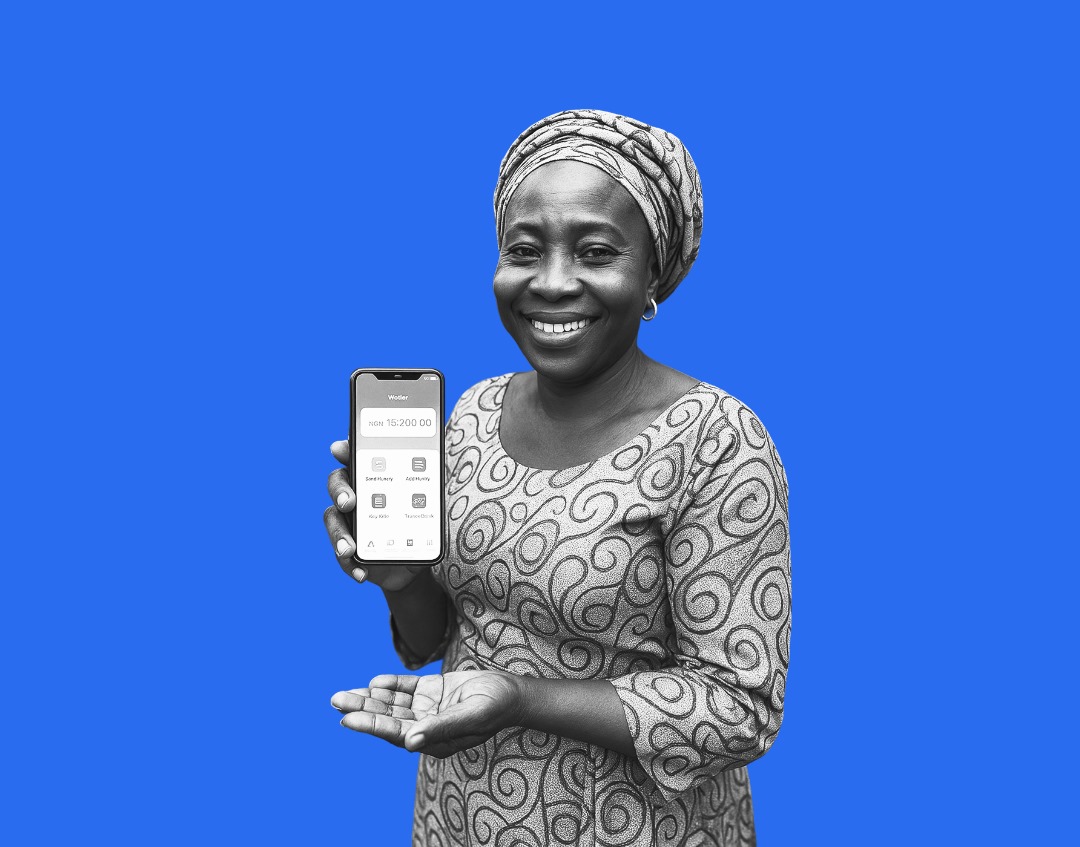Currently, Nigeria’s fintech ecosystem is in overdrive. Mobile wallets, agency banking, digital microloans, and neobanks are reshaping how people access and interact with money. According to a report by EFInA, over 38 million Nigerian adults remained financially excluded, but a growing wave of digital innovation powered by startups is closing that gap fast.
However, while the numbers promised growth, the real challenge is what lies behind those stats: millions of Nigerians are touching a digital financial product for the very first time. Many of them didn’t grow up with mobile apps or online banking. Their first encounter with digital finance isn’t just new, it is confusing, intimidating, and filled with risk.
At the heart of this shift is a big, high-stakes design challenge: how do we create an onboarding experience that feels simple, but is also secure especially for first-time users who might not understand either?
As a product designer working in the Nigerian fintech space, it is immediately clear that onboarding here isn’t just a “conversion” flow. It is a moment of trust. The following realities shape everything we design:
Digital and Financial Literacy Gaps: Many users have never interacted with financial apps before. Explaining what “KYC” means or why they need to take a selfie feels like asking someone to fly a drone before understanding gravity.
A History of Mistrust: From failed financial institutions to rampant fraud, the average user approaches digital banking with a healthy dose of scepticism.
Regulatory Pressure: BVN (Bank Verification Number), NIN (National Identity Number), and other verification requirements have to be integrated, even when users don’t fully understand why these are necessary.
Connectivity and Device Limitations: Not every user has a smartphone with a great camera or stable internet. Many are onboarding from entry-level Android devices or through shared access.
Security Threats at Scale: The rise in SIM swap fraud, identity spoofing, and account takeovers means that every design decision has to anticipate threats without burdening the user.
Onboarding needs to be easy, but in fintech, ease can’t come at the expense of safety. That is the tightrope.
We see drop-offs at different points: some users abandoned the process at the BVN stage, afraid of “scam” implications; others get frustrated when selfie verification fails in low light. Every click was a test of trust.
We have started integrating progressive disclosure: instead of asking for everything upfront, we gradually introduced verification steps, pairing each with educational microcopy.
In many fintech teams, security is considered a backend issue. But in Nigeria today, it has to be a product design priority.
We work closely with security engineers and fraud analysts to understand real attack patterns: Fake agent signups.
SIM swap fraud.
Stolen identity through social engineering.
While security and compliance are essential, trust is emotional. We have learned to invest in tiny moments, the kind that make users feel reassured, not confused:
A friendly “You’re verified!” screen after successful onboarding, complete with a smiley badge and simple next steps.
Tooltips explaining why a selfie was needed, not just asking for one.
Calm UI, no red warnings unless necessary.
These are especially important for users who might not have trusted digital finance yet. Every clear icon, every friendly phrase, is part of building that confidence.
Today, onboarding isn’t just about growing our user base. It is about reshaping how millions of people interact with money, identity, and trust through the lens of a mobile screen.
As designers, especially in fintech, we’re not just building screens. We’re helping people feel safe in a world that often isn’t. And in places like Nigeria, that responsibility is even more real.
Iyabode Atoyebi is a product designer at Bankly, a Nigerian fintech helping digitise cash-based communities through agent banking and inclusive financial infrastructure. She’s currently designing secure, accessible experiences for first-time users across the country.






